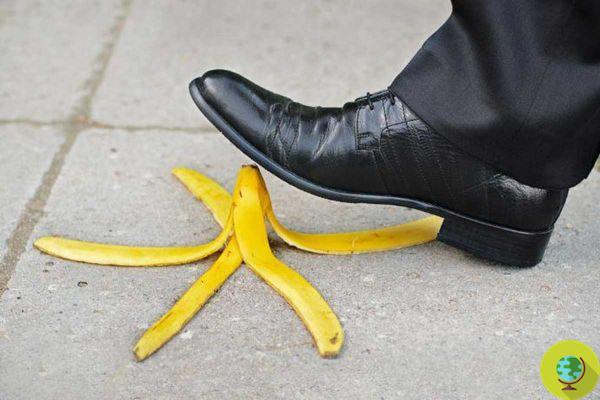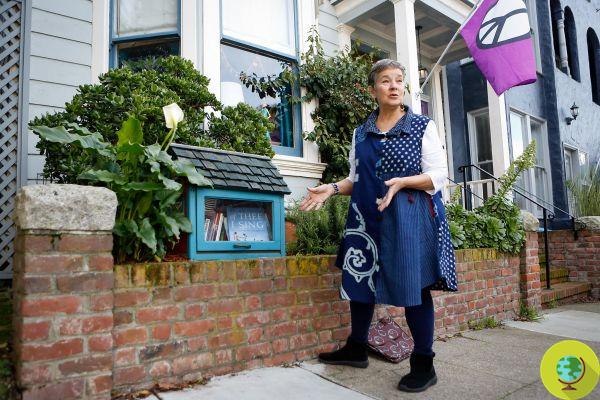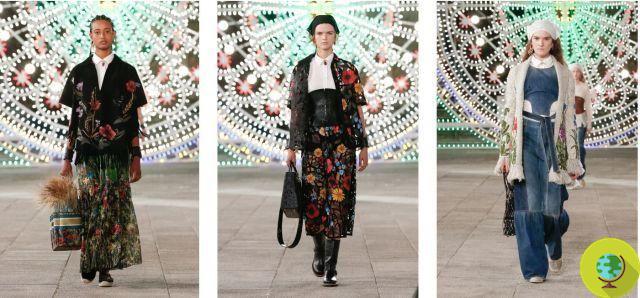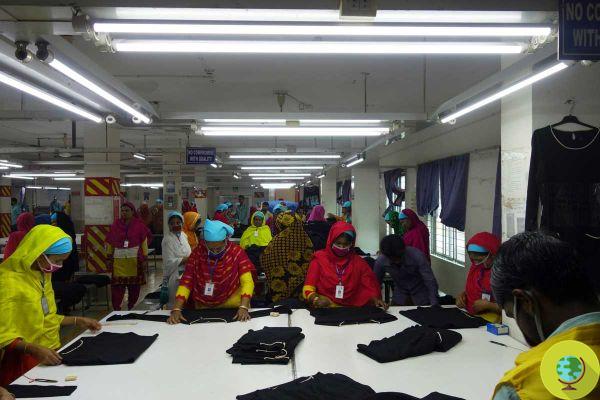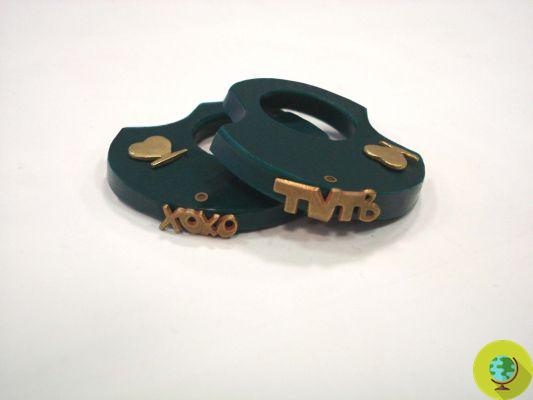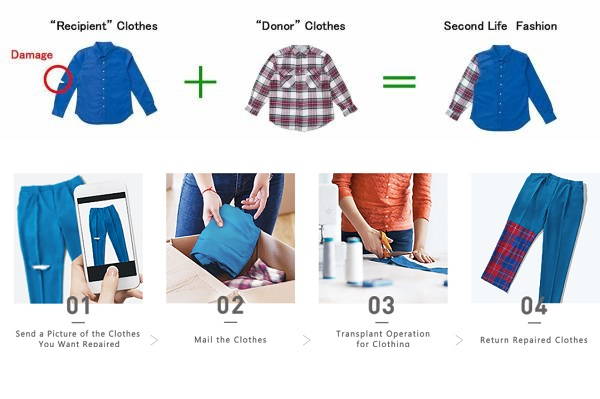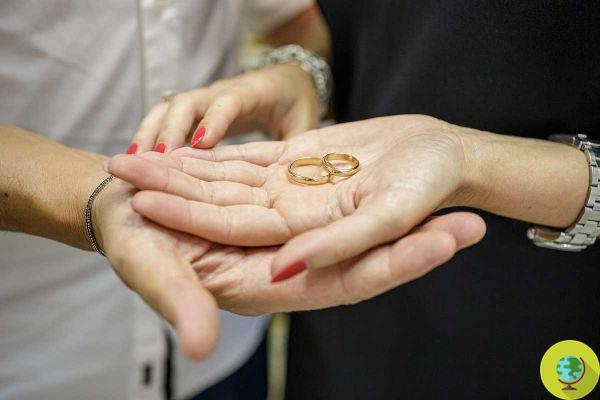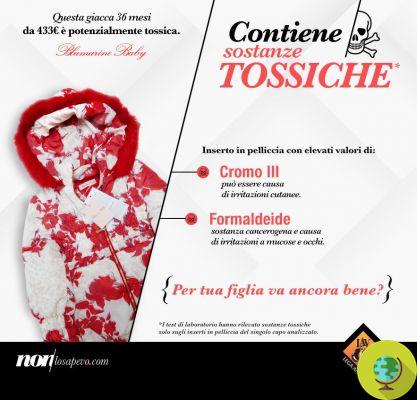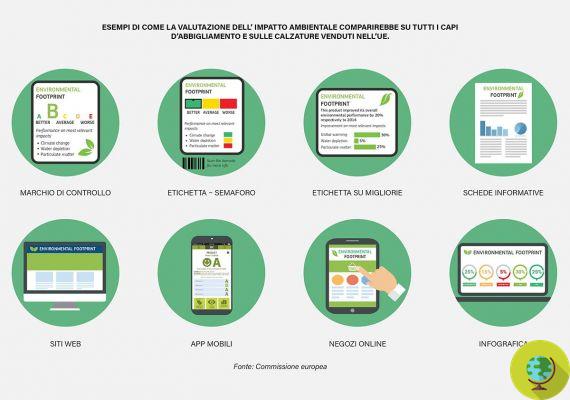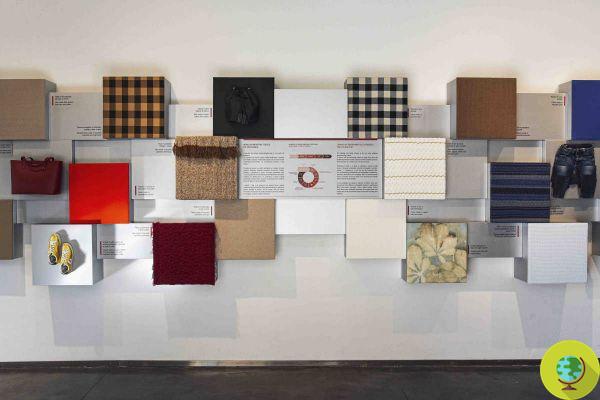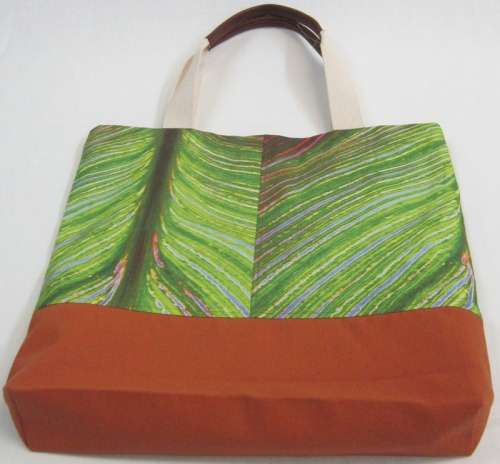
In every women's wardrobe there are on average 22 dresses that are not worn. This was announced by a research carried out by a well-known English shopping channel, QGossip. When asked how many items of clothing are stored in the closet and never worn, women have begun to rattle off miniskirts, sweaters and evening dresses to make a thrift store pale.
Don't store avocado like this: it's dangerous
In every women's wardrobe there are on average 22 dresses that are not worn. This was announced by a research carried out by a well-known English shopping channel, QGossip. When asked how many items of clothing are stored in the closet and never worn, women have begun to rattle off miniskirts, sweaters and evening dresses to make a thrift store pale.
88% confess that the garment that suffers most from early abandonment is jeans. Too difficult to wear as soon as the body changes and gains a few pounds. This figure is countered by a 41% who confesses to continue to keep what he is not wearing hoping to lose some weight. While 17% hope a new wave of fashion will bring back what would now be wearable.
In the end they pay the price jackets abandoned on crutches for years, pants hung upside down with the label still attached e alb well ironed, tucked under the pile of sweaters so as not to be seen. Then there is certainly no shortage of shoes on appeal. One in five women confesses to having at least six pairs of shoes that they cannot get rid of.
Also, if you thought women were hopeless spendthrift, you were wrong. Contrary to what common sense gives us, men leave an average of 19 suits in the closet.
But why continue to keep clothes that are not used or raise expectations about when they will be worn? Sense of guilt, obvious. Often behind a dress that we do not like there is a wrong purchase, not considered, done quickly and without the right evaluations. Taken by the desire or by an appointment or by the desire for something different, we sling into the first shop in search of something that soothe anxiety.
But if a moment after the purchase it seems that everything is going well, once we get home what we thought we saw from the dressing room mirror no longer corresponds to what is reflected in the bedroom mirror.
It comes from immediately looking in the closet and seeing how many clothes we are guilty of. The data of theIstat they reflect the image of a country that invests 63% of its average spending on clothing. Over half of the expenses we incur go into new garments. Parents consider matters related to their children's clothing to be primary.
It is difficult to think that a country in which clothing has become art, in which fashion is perceived as a national value, could go differently. The data of the last balances in reality, they reflect a decline in consumption which mainly affects the clothing sectors. Furthermore, it is the big cities where the negative data is most evident. The crisis is affecting non-essential sectors and who knows if the merit of this balance is not also the diffusion of practices of recovery and reuse of clothes.
There are countless ways and opportunities to breathe new life into an old dress: from swap parties to cutting and sewing, from tailoring workshops to domestic and creative reworking. Up to the old donation method. Because if they're not meant to be worn by you, at least they are meant to be worn by someone else.
Pamela Pelatelli
Read also the 5 ways to recycle your old clothes in style or 10 ways to be eco-chic without spending a fortune




